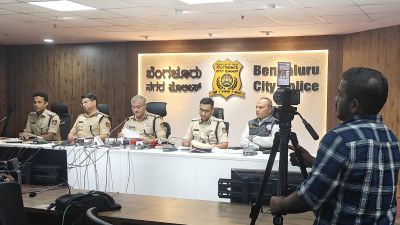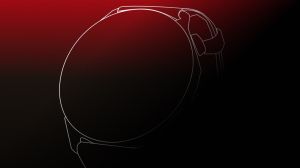MORE MEAT ON THE BEAST
At Rs 10 lakh, the new, powerful Safari is good value for money—and excellent for bullying urban traffic

The beast is back and is roaring in a bid to reclaim the numero uno SUV status this side of Rs 10 lakh. Ever since its launch in 1998, the Tata Safari has been touted as the country’s only true-blue SUV. There was never any doubt about the mammoth’s virtues: brute looks, great off-road presence, huge cabin space. What embarrassed it was its puny engine. Be it the turbo diesel with 90 bhp or the previous Dicor 3.0 pumping out 115 bhp, performance was always below par for the two-tonne monster. The new Safari Dicor 2.2 diesel comes with an engine that churns out 140 bhp.
The Safari always had the looks to give any foreign SUV a run for its money, so Tata has retained the old design and made a few cosmetic changes. The new front grill has, however, robbed the Safari of its menacing look, giving it a tamer corporate visage. But this is not a bad thing as the vehicle’s size still gives it an imposing presence. The 2.2 has been given a new spare wheel case that is elegant and complements the front grill. The off-roader also comes with safety features like anti-lock braking system, twin airbags and tubeless wheels.
The weakest link is the interiors. The beige look is a disappointment, as is the plastic quality that is on the lines of Mahindra’s budget car, Logan. As the Safari costs just over Rs 10 lakh, this does seem to be a letdown. The power windows and light switches look flimsy. The door lock levers and the wood-like central console panel, which is clearly plastic, look like they have been picked up from some east European automobile manufactures’ spare bin. Though the new colour makes the cabin look light and airy, the quality is not so good.
The space inside the SUV is infinite: loads of room for five adults and a boot space that can easily hold a lot of baggage. The top model VX also has dual DVD screens at the back of the front headrests and a music system with a DVD player. But the company fitted Blaupunkt stereo is nothing to show off. The VX retains the rear AC vents on the roof for effective cooling and warming. The seats remain among the best in the business, with height adjustment for the driver’s seat. The instrument cluster of the odometer, speedometer and the fuel gauge are the same.
The Safari VX has something to excite the techno-geeks too. It comes with an integrated camera that is extremely useful while reversing. When the gear shift goes into reverse, a small screen on the rear-view mirror automatically lights up like a small LCD panel, showing the traffic behind you. That’s one less crick in the neck for the driver.
It’s, however, the ride quality that speaks of the Safari’s SUV pedigree. It easily goes over bumps and speed-breakers, and is even happier on dirt roads. The handling is extremely impressive for a huge off-roader and manoeuvring it in city traffic is no pain at all.
While the new Dicor 2.2 provides the Safari the punch, it does so noisily. Rev up the engine and it roars like a mini-truck to drown out the music. The 140 bhp makes sure the SUV lunges forward effortlessly. The gear ratio is also ideal for urban driving conditions, meaning that there is no need to change gears frequently. While acceleration in the third gear is a bit disappointing on open roads, the fourth gear makes sure speed picks up quickly. That said, the gear shift is not smooth and needs a bit of wrestling, making you conscious that you are driving a big vehicle.
The Safari has improved in many ways, and for its price (Rs 7.4-10.4 lakh, ex-showroom price, Delhi), it’s quite a temptation. Even the fuel economy is decent as it returns 8 kmpl in the city and 10 on highways. But there are two major problems that Tata has always faced—the fit and finish of the vehicle and servicing are not up to the mark. But then a big car at this price with enough power to roar around is good value for money. Also, spare parts are easily available. The Safari is worth buying if you want to bully the urban traffic and hit the dirt road over the weekends.



- 01
- 02
- 03
- 04
- 05




























